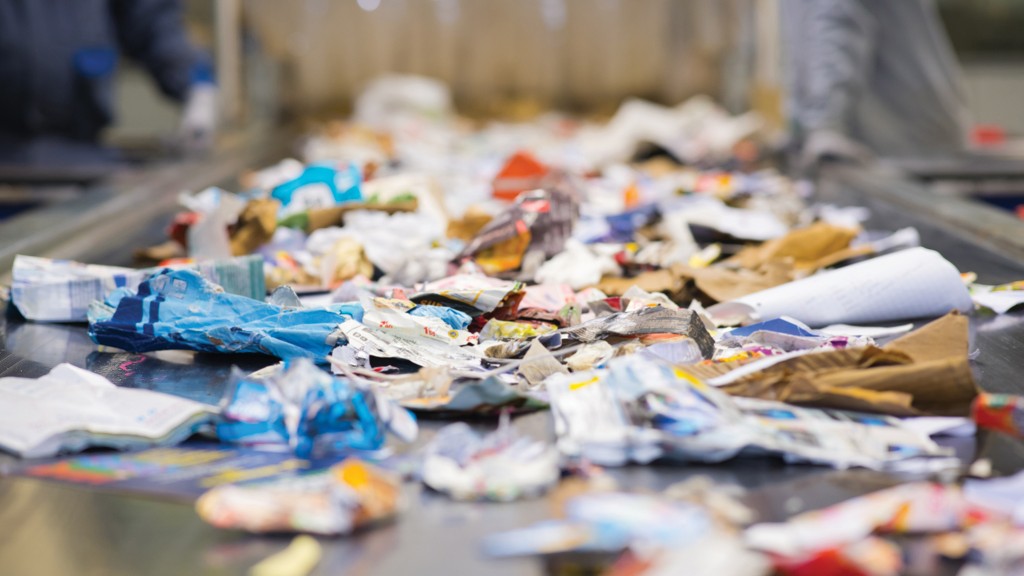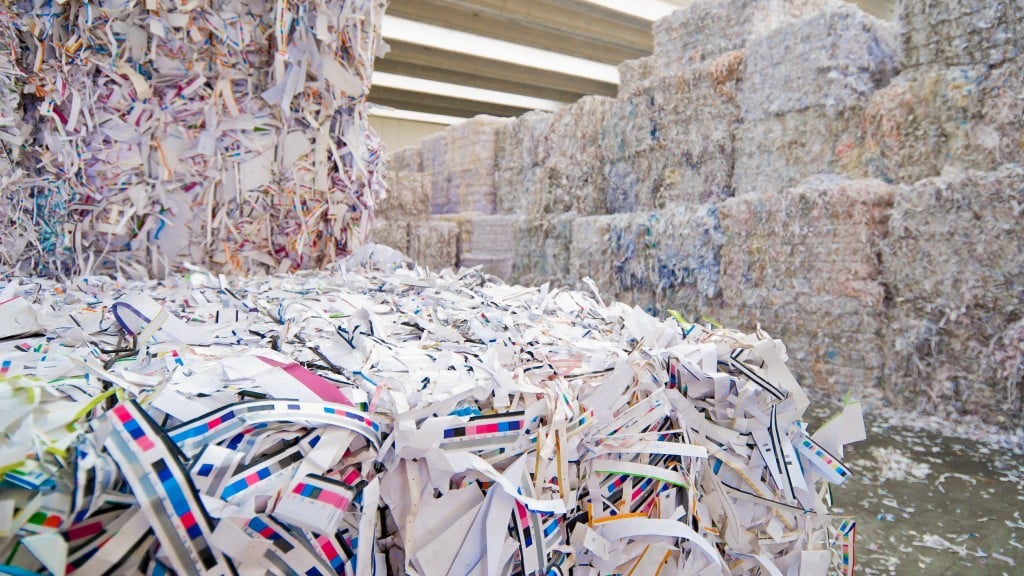
Sustainable packaging solutions have gained popularity in a worldwide shift to reduce carbon emissions and raise the consumption of "greener" products. As more consumer-focused companies lay out their climate goals, the demand for materials like recovered paper and recycled plastic has strengthened.
According to a November 2023 report by consulting firm Statista, paper and cardboard (paperboard) were the most widely used packaging materials at 33 percent in 2019. Flexible and rigid plastics followed at 25.5 percent and 18.7 percent, respectively. Moreover, cartonboard consumption for packaging is likely to reach 66 million net tons (59.87 million metric tons) by 2032 and was estimated at 53 million nt in 2021.
Connecting the statistics to reality
So, how do you relate the above data realistically? The best place to begin is by observing trends in the consumer goods sector. Food and beverage manufacturers are at the forefront of this global shift toward environment-friendly options. PepsiCo and its subsidiary Quaker Oats, Coca-Cola, Pringles, and Unilever are all launching or testing paper-based technology to replace plastic wrapping and containers. These companies have partnered with packaging solution providers like DS Smith, Mondi, Graphic Packaging, and WestRock to overhaul the plastic rings, clips, or cartons with corrugated or kraft paper that can mirror the qualities of plastic.
To understand the depth of recent demand trends, it is necessary to study a few technologies or products available to companies that want to overhaul their packaging process.
Massachusetts-headquartered Seaman Paper has launched an alternative flexible stretch film for storage and shipping loads. The company's trademark SeaStretch is compatible with hand-wrapped or automated pallets and is completely recyclable.
Global conglomerate DS Smith, through its Greencoat technology, has unveiled Shop.able Carriers and DryPack in North America. The former are sustainably produced moisture-resistant corrugated boxes meant for supermarkets. Any store chain can replace almost 100,000 plastic bags per year. The latter are boxes (also made from corrugated fibre) that can store and ship fresh fish.
Visy International has launched Visy Tread in Australia, a retail surface protection product suitable for home decorators, renovators, and similar requirements. The company has also introduced plastic bag alternatives.
SmartPlanet Technologies, a California-based startup, has developed EarthCoating and Hyperbarrier. The former is a resin coating that can be used on cups/containers, bottle labels, or cartons. The latter is a "green" flexible packaging solution that can be used to make bags, sacks, or pouches.
Is recyclable packaging widely accepted?
Most of the paper-based products are already in various stages of market scalability. There are a few innovations that are yet to be commercially accepted. SmartPlanet's EarthCoating cuts plastic usage in packaging by 51 percent and is compatible with all conventional paper recycling systems; however, its popularity is lagging in some parts of the world. According to Will Lorenzi, president and CEO of SmartPlanet, the U.S. Federal Trade Commission's (FTC) Green Guides have defined a 60 percent acceptance rate at facilities for any material to be deemed recyclable. This, among other factors, is proving difficult for his company to widely launch EarthCoating in the U.S. On the other hand, SmartPlanet's HyperBarrier is more successful.
Understanding the challenges
The transition from plastic to paper comes with its own obstacles. Let us look at the significant ones.
Recyclability
One would think that a better and cleaner product or technology would be a crowd-puller, but that may not be the case at all times.
"The word ‘recyclable' is a reward. It motivates change. However, it has to be used for materials that are recyclable," notes Lorenzi. Authorities must give the word to products that are scientifically proven to be greener.
"We believe that our products are 100 percent recyclable, but will we be rewarded for it?" Lorenzi continues. "It's a chicken and egg conundrum. Our material is sustainable, but because it isn't yet accepted at facilities we are at zero percent compared to the FTC's accepted rate of 60 percent."
Moreover, when converting a product from plastic to paper, you must add a heat seal or barrier to infuse the same qualities and performance. This makes the process counterintuitive since packagers may lose the recyclable mark because most product coatings aren't sustainable. "It makes you wonder if you innovated a ‘greener' product or will it still end up in a landfill even if it is made from paper?" asks Lorenzi.
To overcome the loss of recycling claims, SmartPlanet advocates for a solution similar to the Holy Grail 2.0, an initiative by the European Brands Association (AIM). The association is pushing for a digital watermark that can be detected in optical sorters across recycling facilities. This mark is invisible to the naked eye, but if implemented worldwide, it can save millions of tons of sustainable material from being landfilled.
Policies and legislation
The current legislation framework appears to be more placative than supportive of innovation. A convenient stance that limits scientifically proven solutions and wastage of tonnages.
Still, one U.S. state has taken the lead to roll out a practical framework to lift the recycling rate of single-use plastic and packaging to 65 percent. "I am a fan of California's Plastic Pollution Prevention and Packaging Producer Responsibility Act SB 54. The only drawback is that it will be effective in 2032," says Lorenzi. He adds that if implemented correctly, SB 54 will be pivotal in bringing about the change the recycling industry needs. If the law is successful in California, Lorenzi hopes that other states will follow, making it easier for innovators like SmartPlanet to contribute with more groundbreaking technology.
There are other challenges, like the cost-effectiveness of scaling a process whose outcome is unknown, or, as many believe, the resultant energy consumption. A recent media report citing a Rabobank survey highlights that replacing plastic with paper might be more expensive and increase global carbon emissions.
Lorenzi concludes that the recycling industry needs to be more proactive in identifying processes or technologies that are "greener" and viable. "When you are a disruptor, there is some level of discomfort. You have to keep pushing for the ideal change you are looking for."
Huban Kasimi is the recycled materials editor at Davis Index and can be reached at huban.kasimi@davisindex.com.



